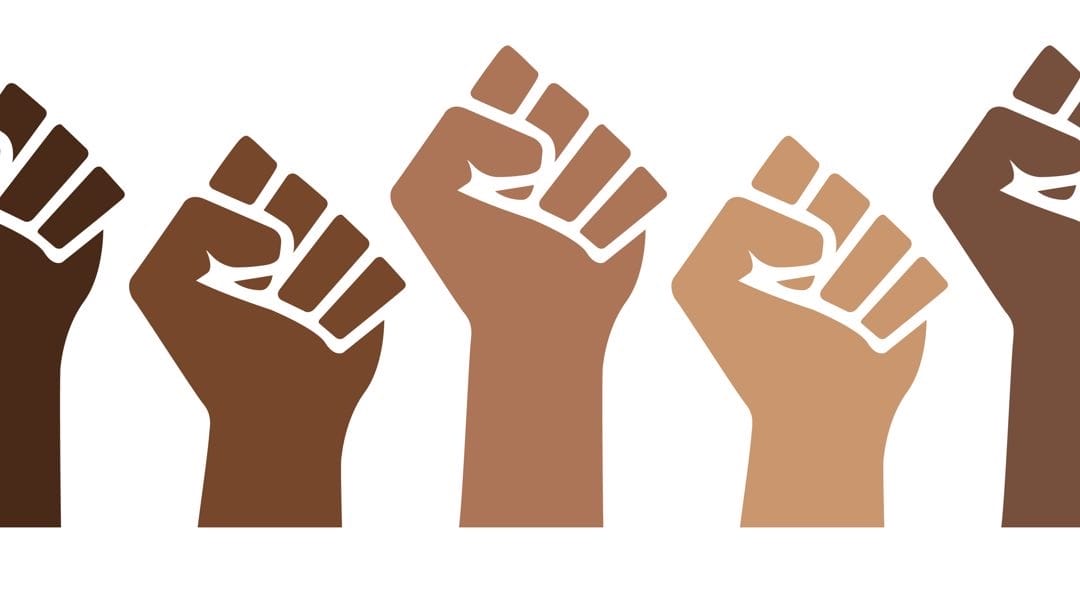1920s New York was known for its mobsters, bootlegging and white-collar crime. Amidst the dealings of Irish and Italian gangs arose Stephanie St. Clair, aka the Numbers Queen, an enigmatic black woman who dominated underground gambling while advocating against Mafia control, government corruption and police brutality. She was, without question, an icon who left an indelible mark on the history of New York City.
If you enjoy playing online casino games and online slots, you’re sure to be interested in the differences between casinos and gaming in the USA: then versus now. What’s more, if you enjoy video games, you may even have seen the character based on Stephanie St. Clair in Empire of Sin. Read on to discover more about this extraordinary person’s life.
Who was Stephanie St. Clair?
Born on December 24, 1897, in Guadalupe, West Indies, St. Clair boarded a steamer in 1911 to Quebec, Canada. She arrived in New York City one year afterward. Her early years remain a mystery – by her own design – with obvious discrepancies between her commonly touted and official biographies. St. Clair was a well-educated woman who could read and write in both French and English, which proved a significant professional advantage for her at the time.
In the years to follow, everyone in New York would come to know the name Stephanie St. Clair, the “Numbers Queen.”
The rise of Harlem’s infamous Numbers Queen
Madam St. Clair built a gambling empire in the 1920s/30s when black women were considered second-class citizens. Equal parts racketeer and activist, she went head-to-head with the most notorious gangsters in history and built a fortune doing it.
St. Clair ran an illegal lottery to cater to African Americans who often faced discrimination at white-controlled banks. Akin to putting money in the stock market, this numbers game offered the black community the opportunity to invest money in their own way. Historian LaShawn Harris describes how St. Clair catered to the demands of the people of Harlem, stating, “The numbers was a people’s game, a community pastime in which old and young, literate and illiterate, the neediest folk and well-to-do all participate … All of Harlem played, from the humble laundry woman to the disrespectable pool player, as well as the respectable schoolteacher.” In this way, St. Clair established herself as an integral part of Harlem’s underground economy.
Of course, bankers like St. Clair were the real winners of the game, racking in thousands in betting fees. In 1930, St. Clair’s personal fortune was estimated at around $500,000 cash — almost $8 million in today’s money. She owned several apartment houses but lived in an apartment at 409 Edgecombe Avenue. This location had been home to many of Harlem’s most prestigious residents, from Supreme Court Justice Thurgood Marshall to influential painter Aaron Douglas. According to neighbor Katherine Butler Jones, St. Clair was just as charming as many more affluent residents who recalled seeing “Madame Stephanie St. Clair breezing through the lobby with her fur coat dramatically flowing behind her. She had a mystical aura about her and wore exotic dresses with a colorful turban wrapped around her head.” Not just a gangster, businesswoman and civil rights activist – a true fashionista, too!
But fashion wasn’t the only way the Numbers Queen showed off. She was known as an outspoken risk-taker, something the mobsters of the time couldn’t stand.
An activist in her own right

On December 30, 1929, the NYPD arrested St. Clair, resulting in a year-long prison sentence. When she got out, she swore revenge on the cops and promised to disclose all the NYPD’s secrets. She appeared before a commission and her testimony led to the suspension of 13 corrupt officers. In addition to this, she began writing paid opinion pieces for the newspapers detailing the corruption of the NYPD and police brutality, as well as advocating for voting rights.
Don’t mess with Stephanie St. Clair
Now, what would a good 1920s story be without a gang war? This time, between white mobsters attempting to move in on the established black kings and queens of the numbers network. And the biggest battle of all? Dutch Schultz vs. Stephanie St. Clair.
Hailing from the Bronx, Schultz was a notorious bootlegger with over 100 underlings enforcing his rackets. Schultz looked to Harlem’s numbers game when the Great Depression set in. He gave black and Latinx policy operators two choices: hand over their numbers businesses to him or continue their operations while paying him a percentage of their profits. With powerful politicians on his payroll, Schultz could kill or assault anyone who disagreed – except St. Clair, who organized remaining black policy owners against him.
Violent confrontations occurred between Harlem’s kings and queens and white store owners collecting bets on Schultz’s behalf. St. Clair even took out ads encouraging the people of Harlem to “Play Black” – only playing numbers bets with black organizers. Of course, Schultz retaliated by sending her threatening calls, murdering her men and placing a contract on her life. On one occasion, Schultz sent an underling to intimidate St. Clair. The Numbers Queen, however, pushed the underling into a closet, locked the door and had her bodyguards “take care of him.”
The standoff ended in October of 1935 when Schultz was gunned down while sitting on the toilet. St. Clair had had no hand in his assassination but gleefully sent a deathbed telegram to her enemy reading, “As ye sow, so shall you reap” signed “Madame Queen of Policy” – further contributing to her growing legend.
Her later years
In the late 1930s, St. Clair courted controversy through her relationship with Sufi Abdul Hamid, a black separatist and anti-Semite often called “Black Hitler.” In 1938, she was charged with attempted murder after firing three shots at him (the closest nicking a tooth) upon finding out that he had cheated on her. St. Clair was sentenced to prison for 2-10 years. In 1943, an article in the New York Amsterdam News reported that she had visited relatives in the West Indies before returning to the US, where she lived the rest of her days out of the public eye. Her last address was traced back to a Long Island psychiatric facility where her life came to an end in 1969.
However controversial Stephanie St. Clair’s life was, one thing’s for sure: she’s left her mark on Harlem and earned her name in gambling history!
Play casino online at BetMGM
An online slot machine may not boast the same appeal as mob wars, but if you can spare the danger, they’re sure to offer plenty of fun and excitement. For those looking for a bit more risk, why not learn how to play roulette at a casino or other daring casino table games? Put your skills to the test or just have fun when you register at BetMGM.










